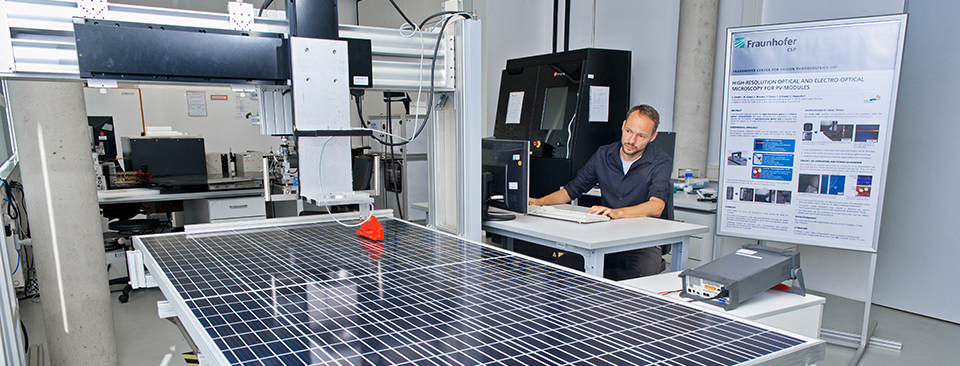Motivation and Problem
Global photovoltaic production and installation capacities are steadily increasing. The resulting rise in demand for manufacturing materials makes it necessary to reduce costs, which can be achieved, for example, through more efficient use of materials.
An important starting point is the adaptation of materials and processes for the electrical interconnection technology of highly efficient solar cells, which can reduce the use of expensive metals (primarily silver).
Furthermore, materials containing lead are still mainly used in industry for electrical interconnection. Although lead-containing interconnection materials are well understood and reliable in use, they are not sustainable for the environment.
For new, cost-efficient electrical connections for high-efficiency solar cells to be accepted and competitive, it is crucial that the quality of the electrical connection is not compromised in terms of long-term stability. Long-term stability depends on the processes and materials used and must be tested and verified under harsh conditions.
 Fraunhofer Center for Silicon Photovoltaics CSP
Fraunhofer Center for Silicon Photovoltaics CSP
